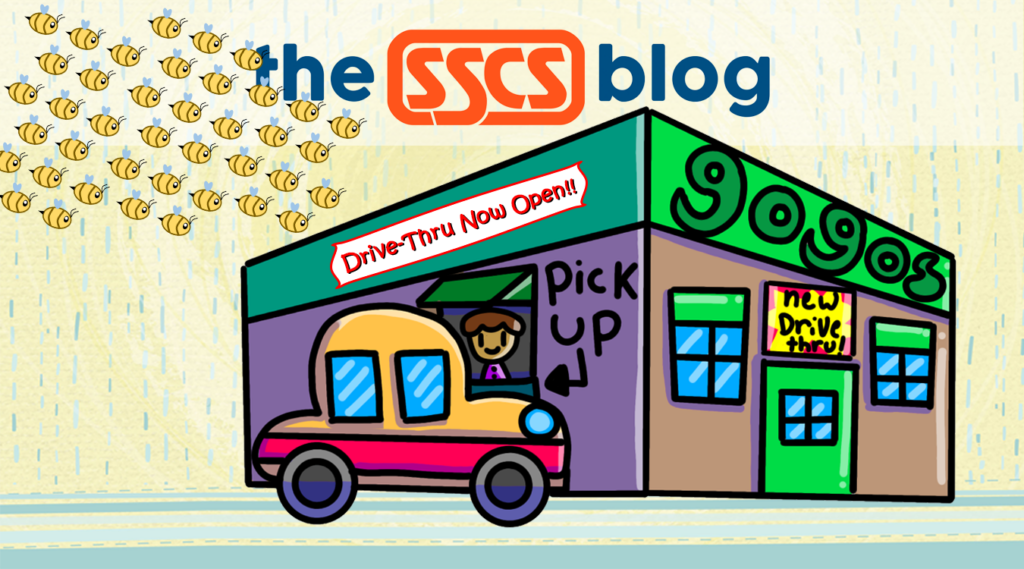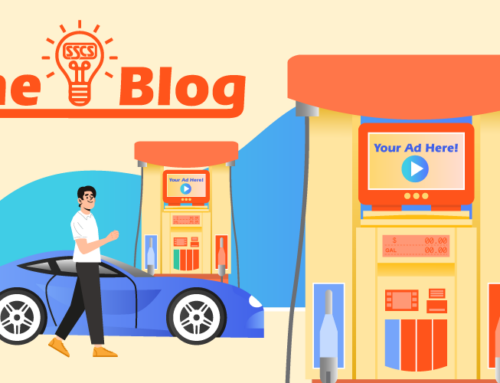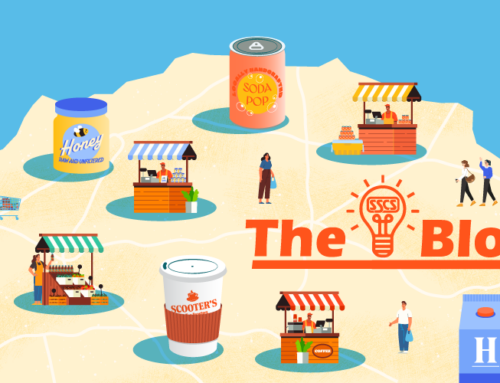
A Quiet Revolution
COVID-19 is changing the way convenience stores do business. Will these provisional changes prove permanent?
Necessity fuels innovation, and in the shadow of COVID-19, that’s exactly what we’re seeing in the convenience store industry.
The industry trade press—including CSP Daily News, Convenience Store News and Convenience Store Decisions—have done a thorough job of reporting on what retail petroleum operators are doing to adjust in the time of reduced fuel consumption and restricted consumer behaviors. We also had the good fortune to listen in on the inaugural session of the Convenience Cocktail Hour, which gave us a front row seat to industry opinion from professionals in all sectors of the industry. In fact, much of the information we’ve gleaned for this article comes directly out of those discussions.
While it’s only been a few months since COVID-19 rose in the public consciousness, some patterns have emerged in the convenience store industry’s response, particularly in terms of electronic ordering, delivery and fulfillment. This is a matter of adopting proven models and tweaking them to meet the unique demands of our industry. It’s not so much a radical change as a quiet revolution. Because some of these adaptations will likely be around when things get back to “normal.”
Let’s look at three of the most impactful practices being embraced by convenience stores during COVID-19, starting with electronic ordering. It’s been on the rise in the convenience channel for years, but the industry’s half-decade emphasis on creating top-notch dine-in experiences that rival fast casual and other traditional restaurants got the lion’s share of the attention from the general public, and for good reason.
With the coronavirus severely limiting “dine in” as a concept, electronic ordering has blossomed, and looks positioned to maintain a higher profile in the convenience store channel going forward.
With the advent of “minimal touch transactions,” consumers who never associated electronic ordering with convenience stores now do. Given that customers will continue to want to shop efficiently as special previsions wind down, electronic ordering certainly looks positioned for growth.
The drive-through window is likewise poised to emerge as a viable opportunity in the convenience channel. It’s a model that’s successfully established in adjacent channels and aligns nicely with a convenience operator’s intent to provide fast service.
Unlike electronic ordering, though, the drive-through concept needs tweaking to fit the convenience store’s operational profile. Preparation and packaging of freshly made food service items isn’t much of a problem, many convenience stores have already added varieties of fresh food, perfecting “packaging to go” in the process.
But there is another, more formidable obstacle to be overcome. “Simply put, it’s a real estate issue,” says one seasoned industry consultant. “The drive-through concept has gotten a lot of visibility lately and the industry has taken note. The only question is: ‘Is there room for it on my property?’ Unfortunately the answer is often, ‘No.'”
If that is true now, will it be true in the future? There’s no denying the consumer’s unquenchable thirst for speed and convenience. Is it enough to fuel the creation and success of drive-through concepts that make sense for c-stores? It may be that in the long term the need for drive-through shopping will impact the structural layout of convenience stores in general, and business owners like SSCS’ own customers will need to consider the possibilities of drive-through convenience when purchasing potential new sites.
“The end result is just going to be too enticing to resist,” adds the industry professional. “Whoever works out the logistics and processes early is going to be a big winner. You can really turn sales if you do it right. And as that starts to happen, others will follow suit.”
A third concept rising to prominence in the convenience channel is delivery. The results have definitely been a mixed bag to the point that—in the case of third party delivery providers, at least—the prospect of future adoption remains less clear. The numbers just don’t add up.
“I’m not sure a convenience store can make third party delivery work, at least in its current state,” another seasoned industry vet notes. “First of all, a third party is going to take a percentage of the list, so margins are eroded off the top.
“There’s a bigger issue, though. For this delivery model to make sense, most stores would have to consistently be sending items out the door. I don’t see that happening. If it did happen, it would take a lot of time and effort to get right; and if the effort was made, know that you’re changing the basic DNA of your business. Your transforming yourself from a convenience store to something else.
“I’m not saying if it’s a good or bad ‘something else’, just that it will be ‘something else.’ And I’m betting that if it turns out to be successful, you’re going to be using store employees to deliver items instead of third parties. Are you prepared for that?”
You can’t help but notice the organizations making it through this transition in good shape are forward focused and in the habit of rising up to the future to greet it head on. They’re not out of ideas when confronted with something unexpected. They have the right technology in place to support how they might have to pivot. There’s no substitute for anticipation, preparation, and the right tools to accompany you on the journey.
There’s a quiet revolution going on. Don’t be left out.






Leave A Comment